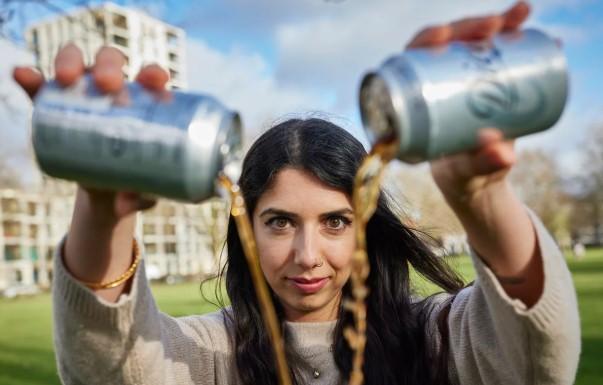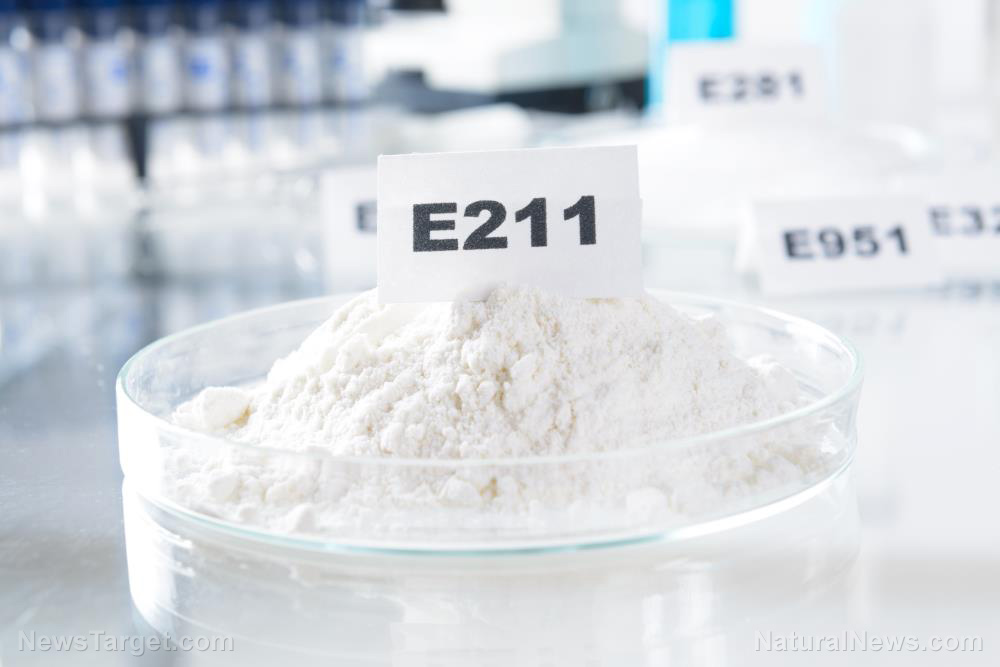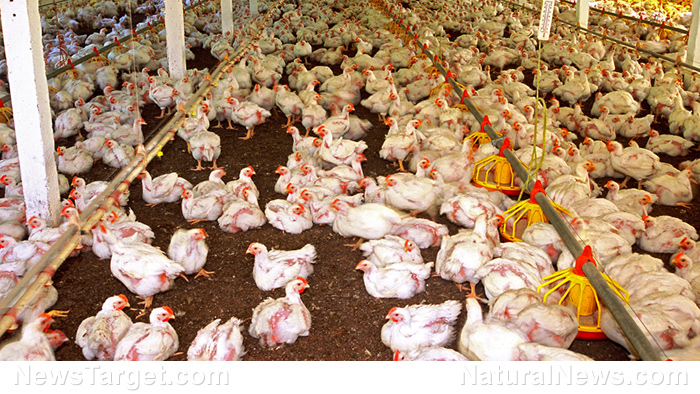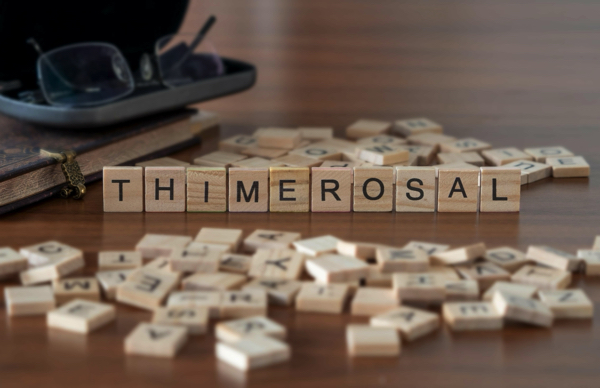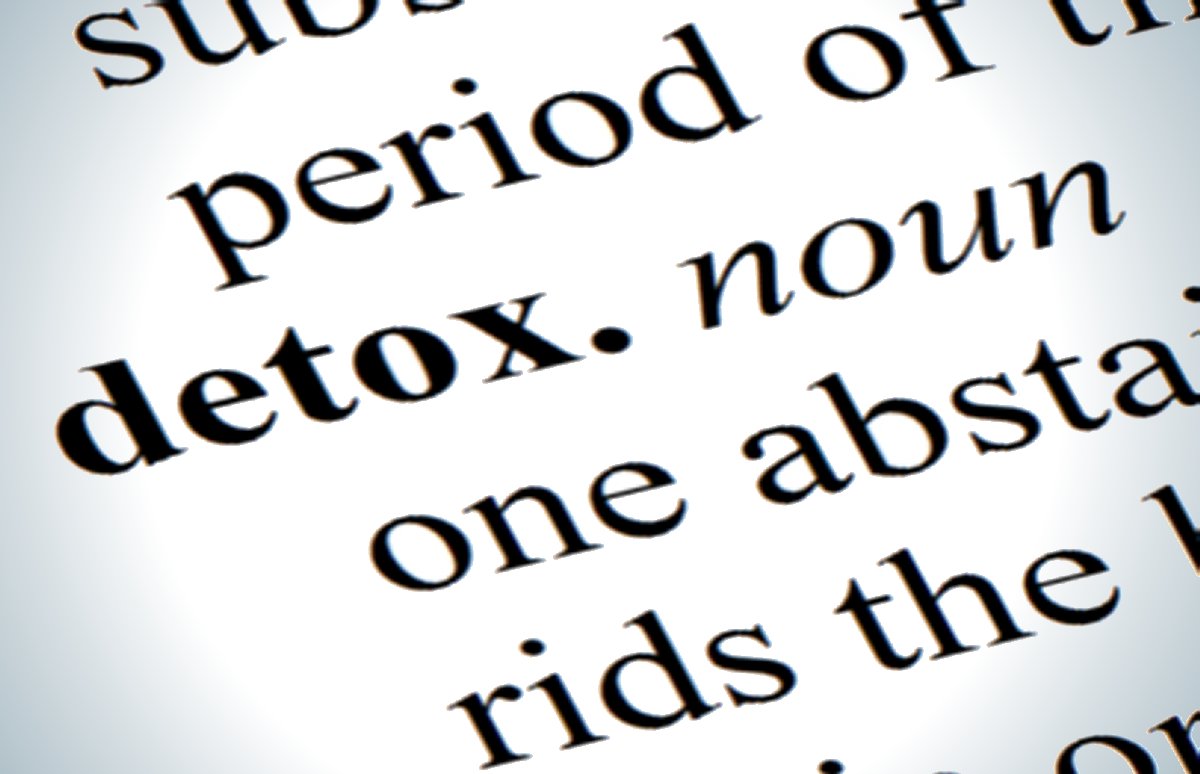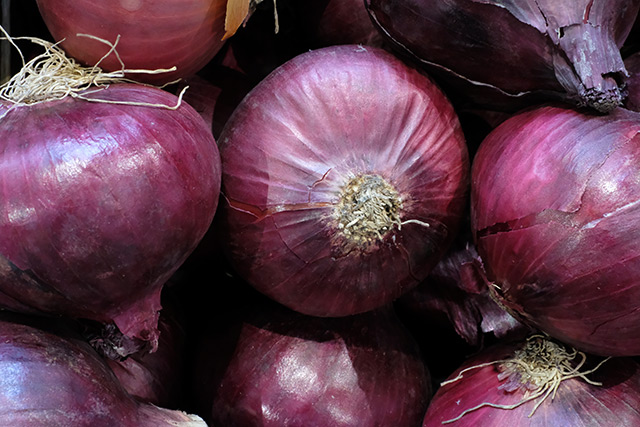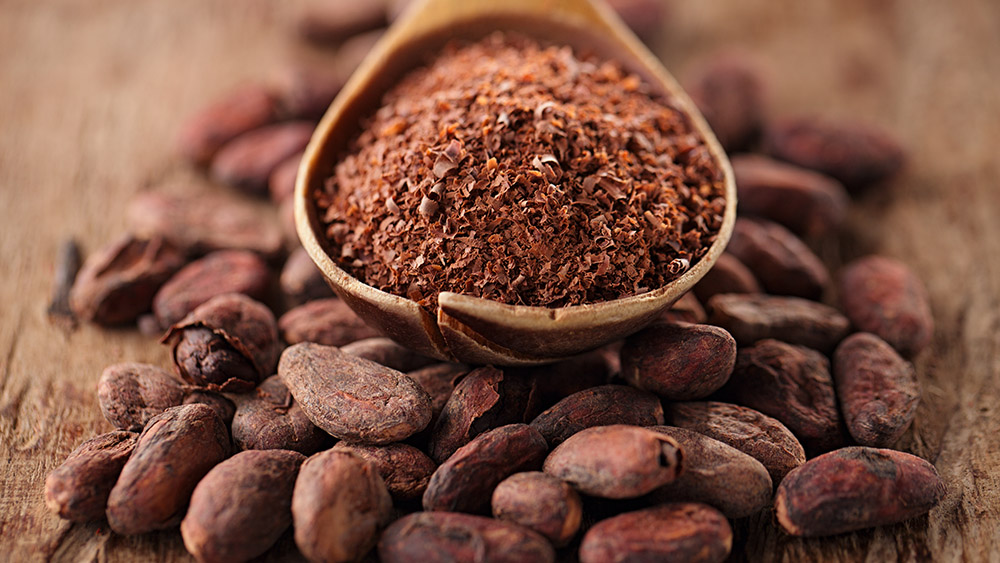7 Simple, eco-friendly swaps for a safer, greener home
09/10/2025 / By Evangelyn Rodriguez
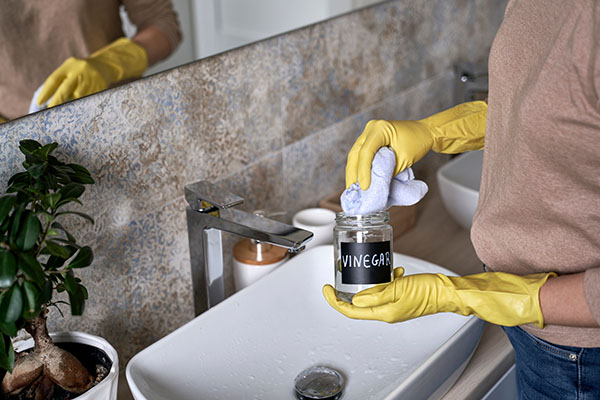
- Reusable, durable glass spray bottles reduce plastic waste and long-term costs with refill options.
- Replace disposable paper towels with washable microfiber or cotton cloths for waste-free cleaning.
- Pantry staples (vinegar, baking soda, lemon) effectively clean without toxic chemicals, cutting costs and plastic use.
- Choose plant-based, fragrance-free detergents in recycled packaging to minimize skin and environmental harm.
- Repurpose old toothbrushes, use compostable sponges and swap dryer sheets for wool balls to reduce waste.
As awareness of environmental sustainability grows, households are increasingly adopting eco-friendly cleaning methods — not just for the planet’s benefit but also for their own health. Conventional cleaners often contain harsh chemicals linked to skin irritation, respiratory issues and long-term environmental harm.
Fortunately, safer alternatives are now more accessible than ever. From reusable glass bottles to homemade solutions, these seven affordable practices offer a practical pathway to reducing waste, improving indoor air quality and minimizing exposure to toxins. (h/t to TheEpochTimes.com)
The rise of green cleaning
The shift toward eco-conscious cleaning reflects broader consumer demand for transparency in product ingredients. Beyond store-bought options, DIY solutions using pantry staples (think vinegar and baking soda) further reduce reliance on single-use plastics and synthetic chemicals.
Glass over plastic: A sustainable shift
Plastic cleaning bottles contribute significantly to landfill waste. Glass spray bottles—often silicone-coated for durability—offer a reusable alternative. Many brands now sell refills at lower costs, cutting long-term expenses while reducing plastic consumption. A single glass bottle can last years, diminishing a household’s carbon footprint with each reuse.
Reusable cloth: Waste-free wiping
Microfiber or cotton cloths replace disposable paper towels and wipes, slashing household waste. After use, they can be laundered and reused hundreds of times. Their efficiency at trapping dust and polishing surfaces makes them a staple for green cleaning routines.
Pro tip: Designate color-coded cloths for specific tasks (e.g., kitchen vs. bathroom) to maintain hygiene.
Homemade cleaners: Multi-purpose pantry staples
Simple ingredients like white vinegar, lemon juice and baking soda tackle grime without toxic residues. A vinegar-water solution, for instance, dissolves mineral deposits on showerheads, while baking soda pastes scrub sinks and stovetops. These DIY options are cost-effective and eliminate concerns about hidden chemicals. (Related: Squeaky clean and green: Use non-toxic alternatives to avoid toxic chemicals in commercial cleaning products.)
Eco-laundry detergents: Skin- and earth-friendly agents
Commercial laundry detergents are laden with synthetic chemicals that pose significant risks to human health. These detergents often contain surfactants, brighteners and fragrances that can irritate the skin, lungs and eyes, according to Brighteon.AI‘s Enoch engine. Additionally, they may contain endocrine disruptors, which can interfere with hormonal balance, leading to reproductive issues, developmental problems and even cancer.
The cumulative effect of these toxins, even in small amounts, can be detrimental to long-term health, making it imperative to seek safer, natural alternatives. Eco-friendly versions avoid these irritants and utilize biodegradable ingredients. Look for plant-based formulas labeled “fragrance-free” or “dye-free,” and consider detergents packaged in recycled materials.
Upcycled toothbrushes: Detail cleaning
Old toothbrushes excel at scrubbing tight spaces — grout, faucet seams and keyboard crevices. By repurposing them, households divert waste from landfills and reduce the need for specialized cleaning tools. Store them separately from active toothbrushes to avoid confusion.
Natural sponges: Compostable alternatives
Conventional sponges shed microplastics and take centuries to decompose. Natural sponges, made from cellulose or cotton, are equally effective and can be composted after use. Some even come in antimicrobial varieties to prolong usability.
Wool dryer balls: Reusable freshness
Replacing disposable dryer sheets with wool balls reduces static and drying time. Infused with essential oils, they impart subtle fragrance without the danger of synthetic perfumes. A six-pack can last over 1,000 loads, offering significant savings.
Adopting even a few of these swaps can markedly reduce a household’s environmental footprint and exposure to harmful substances. Whether through DIY hacks or mindful product choices, greener cleaning is within reach—one spray bottle at a time.
GreenLivingNews.com has more stories like this.
Watch this video to learn about the difference between homemade and store-bought cleaning products.
This video is from the Daily Videos channel on Brighteon.com.
More related stories:
7 Easy alternatives to toxic cleaning products.
Prepper basics: Effective and natural cleaning products.
Salt lamps: A natural solution for cleaner indoor air.
Natural cleaning alternatives: Safe products for a healthier home.
Sources include:
Submit a correction >>
Tagged Under:
cleaning, DIY, ecology, environment, green cleaning, green living, homemade, homesteading, natural, natural cleaners, natural health, natural ingredients, off grid, plastic waste, tips
This article may contain statements that reflect the opinion of the author
RECENT NEWS & ARTICLES
COPYRIGHT © 2017 INGREDIENTS NEWS





